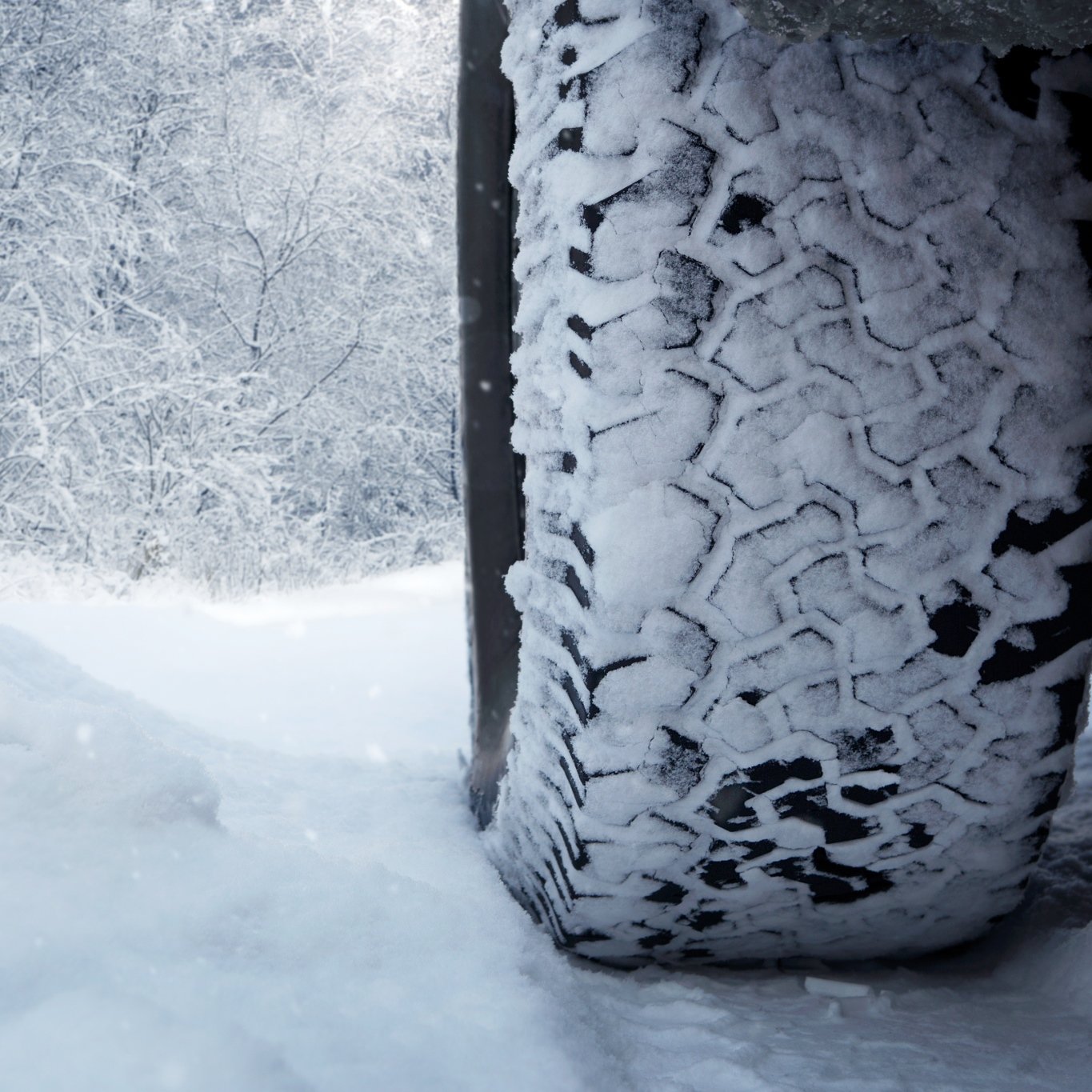Cars and Drivers
10 Things for a Winter Emergency Kit for Your Car

Published:
Last Updated:

We’ve all seen the TV news shots, usually taken from a helicopter, of a miles-long line of forlorn cars and trucks stuck on a snow-clogged highway where they’ve been sitting for hours and likely will be sitting for hours more. If you’re in that mess, just about the only thing you can do is wait.
But what if you had been driving on a less well-traveled road on your way to visit friends who live in the back of beyond. A sudden, massive snowfall begins, visibility drops to just a few feet, and, because you are not completely familiar with the road, you drift off the pavement and slide into the ditch. Now what? You haven’t seen a another car for an hour and even though you have a cell phone, you’re not getting any bars.
It’s pretty unlikely that you will be able to get yourself out of the ditch without help. You may have to wait a long time for help to arrive — even if your cell phone does work and you can reach the people you were on your way to see who ask you where you are so they can send a tow truck. Besides, do you really know where you are?
The best advice: be prepared. It is easy and relatively inexpensive to put together an emergency travel kit that includes enough stuff to keep you warm and, in the best case, get you out of the mess you find yourself in.
Some of the items in our suggested kit could be kept in your vehicle year-round and others are specifically intended for winter driving.
Cell phone charger
Cold weather drains any battery much more quickly than more moderate temperatures. There are even hand-crank models available for those times when your car’s battery is dead.
Ice scraper and snow brush
Obvious, no?
Blankets
If the car is not running, there will be no heat. Those inexpensive, heat-reflecting “Space Blankets” are helpful, but a heavy wool blanket or sleeping bag for every occupant is better.
Folding shovel
You might be able to dig yourself out of the ditch. It’s worth a try and at least the work will keep you warm.
Extra clothing
A rule of thumb: enough extra clothing for each person to keep them warm for at least an hour outside the car.
Flashlight
A good flashlight with good batteries (and perhaps some spares). A headlamp leaves your hands free to shovel or change a tire, so that might be a better option. There are even hand-crank flashlights available. Don’t rely on the kind that plug into the vehicle’s 12-volt outlet — if the car battery is dead, so is the flashlight.
Sand
To add some traction at the drive wheels after you’ve dug them out with the shovel.
First aid kit
Basic stuff like bandages, antiseptic cream, pain relievers, and antacids. Also any routine medication for anyone in the car.
Tow strap
Just in case someone should drive by in a big 4×4 and offer to pull you out of the fix you’re in, but he doesn’t have a tow strap. Also make sure you know where to attach the strap so you don’t pull the bumper off your car.
Food and water
No need for a picnic lunch here, but some bottles of water and some dried food could keep everyone in a little better mood.
Among the other things you should keep in the car at all times are jumper cables; a good spare tire and all the parts to your jack; a tool kit in case someone who knows how to fix a car stops and offers to help; flares or other signaling devices; and a collapsible fuel container for those awkward times that you have walked to a gas station only to find out they don’t have a gas can for you to borrow.
A financial advisor can help you understand the advantages and disadvantages of investment properties. Finding a qualified financial advisor doesn’t have to be hard. SmartAsset’s free tool matches you with up to three financial advisors who serve your area, and you can interview your advisor matches at no cost to decide which one is right for you. If you’re ready to find an advisor who can help you achieve your financial goals, get started now.
Investing in real estate can diversify your portfolio. But expanding your horizons may add additional costs. If you’re an investor looking to minimize expenses, consider checking out online brokerages. They often offer low investment fees, helping you maximize your profit.
Thank you for reading! Have some feedback for us?
Contact the 24/7 Wall St. editorial team.